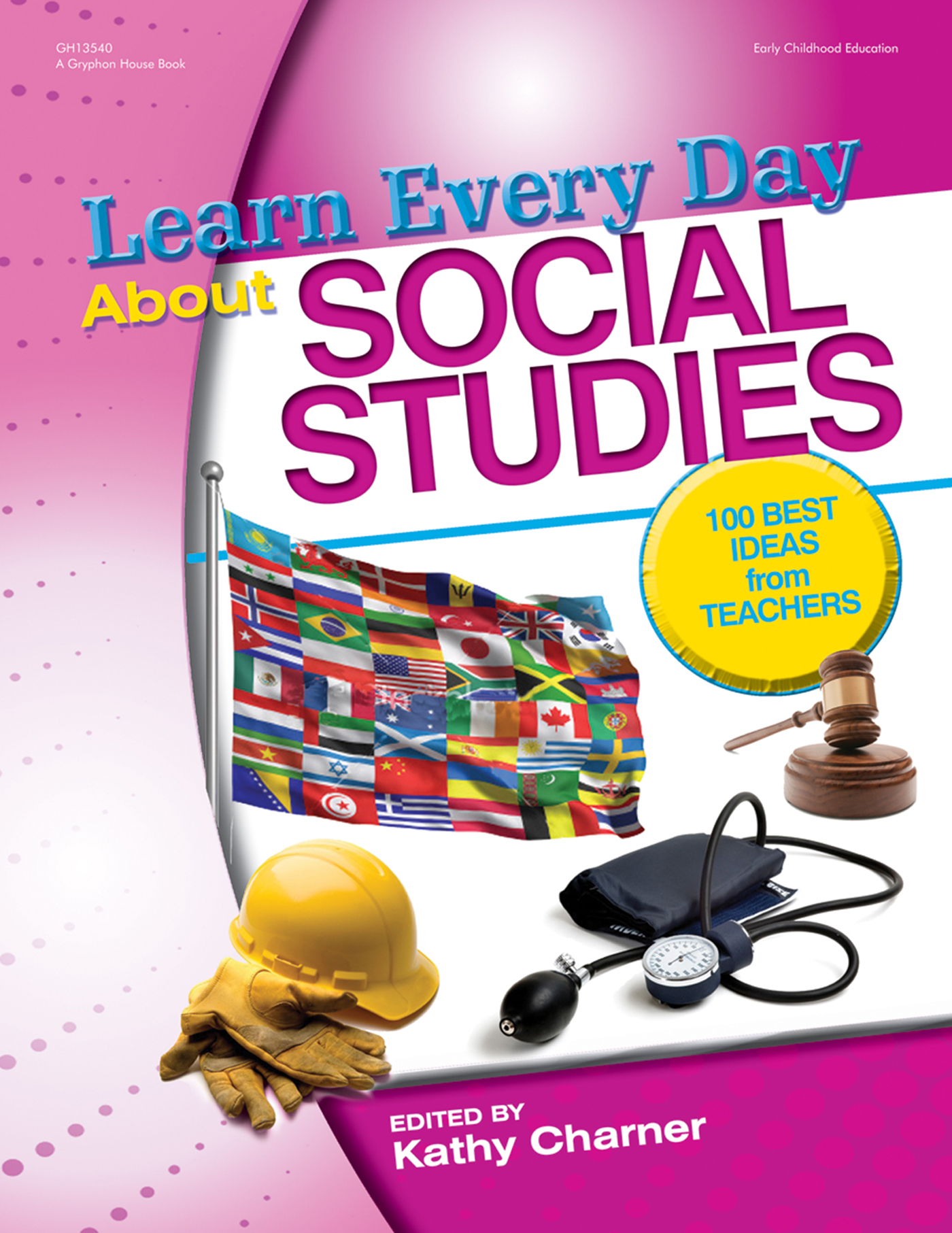Materials
map of the United States or a map
of the world
small adhesive labels
Instructions
Cut out several house shapes. Mark each one with a separate number from
1 to 10.
l On several uncut sheets of paper, make an apartment building by drawing a
vertical line down the center, then three horizontal lines to make eight equal
rectangles. Mark each rectangle with a number from one to eight.
What To Do
1. Engage the children in a conversation about where they all live. Do they live in
houses? Apartments? With the children, count how many of them live in each
type of home. Compare the numbers.
2. Show the children the different cutouts of houses and apartments. Explain
that different numbers of people live in all the different locations, and that the
numbers on the apartments and houses indicate the number of inhabitants.
3. Challenge the children to identify the numbers on the houses and apartments.
Invite the children to make up stories about the families that live in the various
houses and apartments.
Teacher - to - Teacher Tip
l For more advanced children, consider challenging them to add up the number
of inhabitants who live on a single floor of one of the apartments, or to add up
the total number of people who live in more than one of the houses.
Assessment
To assess the children's learning, consider the following:
l Can the children explain the differences between apartment buildings, and
houses?
l Can the children identify the numbers of inhabitants in each house and
apartment?
